DIARIES
-
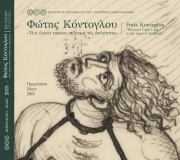
Diary 2015
Fotis Kontoglou, “Whatever I did, I did in the name of simplicity”
Fotis Kontoglou, “Whatever I did, I did in the name of simplicity”. Diary 2015, academic supervision: Ioanna Alexandri – dr Terpsichori-Patricia Skotti, editor: dr Jasmin Moysidou. Athens 2015 [bilingual].
more -

Diary 2014
100 Years of the Byzantine & Christian Museum
The Byzantine and Christian Museum, one of the most important museums of Byzantine and post-Byzantine art and civilization in the world, is celebrating the centenary of its foundation in 2014. Therefore the diary of 2014 could only be dedicated to this anniversary.
more -
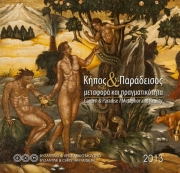
Diary 2013
Garden & Paradise. Metaphor and Reality
The choice of subject-matter for this year’s diary stems directly from the proposals submitted for the remodelling of the Museum grounds. As it does every year, however, the 2013 diary will also constitute a mini museum in its own right, granting insights into and shedding light on the Museum’s collections. Perusing the artefacts presented within its covers, the reader can embark on their own search for paradise...
more -
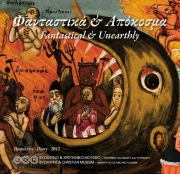
-
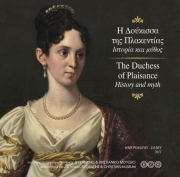
Diary 2011
“The Duchess of Plaisance: history and myth”
The Byzantine and Christian Museum diary for 2011 is dedicated to the Duchess of Plaisance. The product of Napoleonic France and philhellenic Romanticism, Sophie Barbé de Marbois, Duchesse de Plaisance (1785-1854) brought a unique dash of colour to Athens during its first decades as capital of the new Greek state.
more -
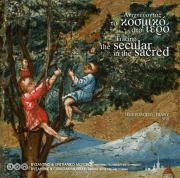
Diary 2010
"Tracing the secular in the sacred"
The calendar “traces the secular in the sacred”. Its pages are embellished with details from icons, paintings and engravings from the Museum’s Post-Byzantine collections. Despite the downfall of the Byzantine nations in the second half of the 15th century, the art of the Orthodox population of the Ottoman Empire kept the characteristics of the Byzantine pictorial tradition. Being mostly religious and liturgical, this form of art maintained special relations with the artistic achievements of the European Renaissance. On the one hand it seems fascinated by the use of geometric perspective or the realistic representation of human shapes and landscape and tends to it, but on the other hand it keeps using Byzantine perspective in stylization and sacredness. This tension, this constant struggle between the metaphysical and realistic, the heaven and earthly reality, the spirit and matter, is always present until the 19th century.
more







